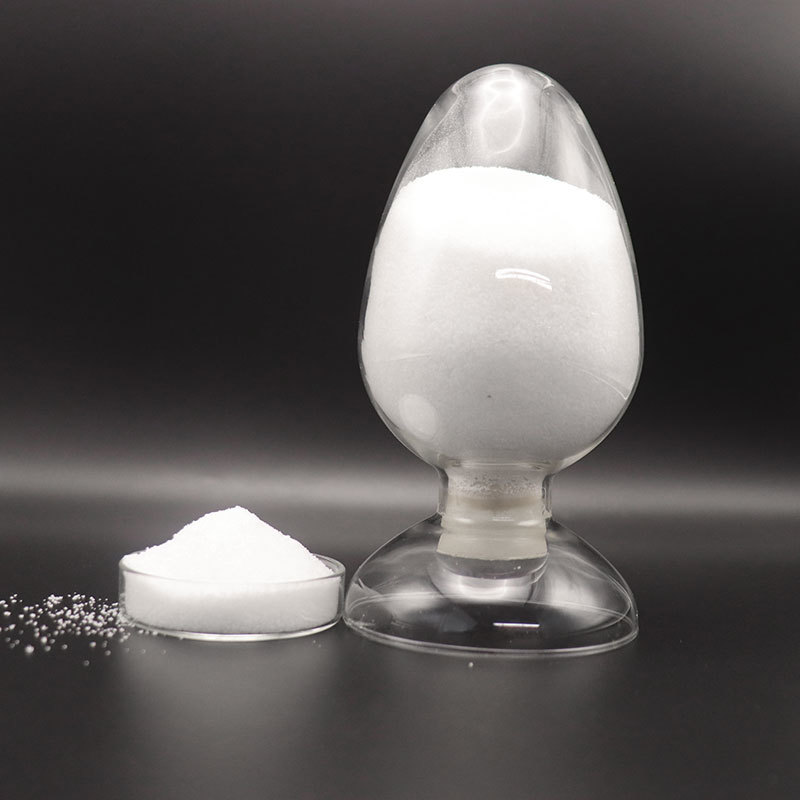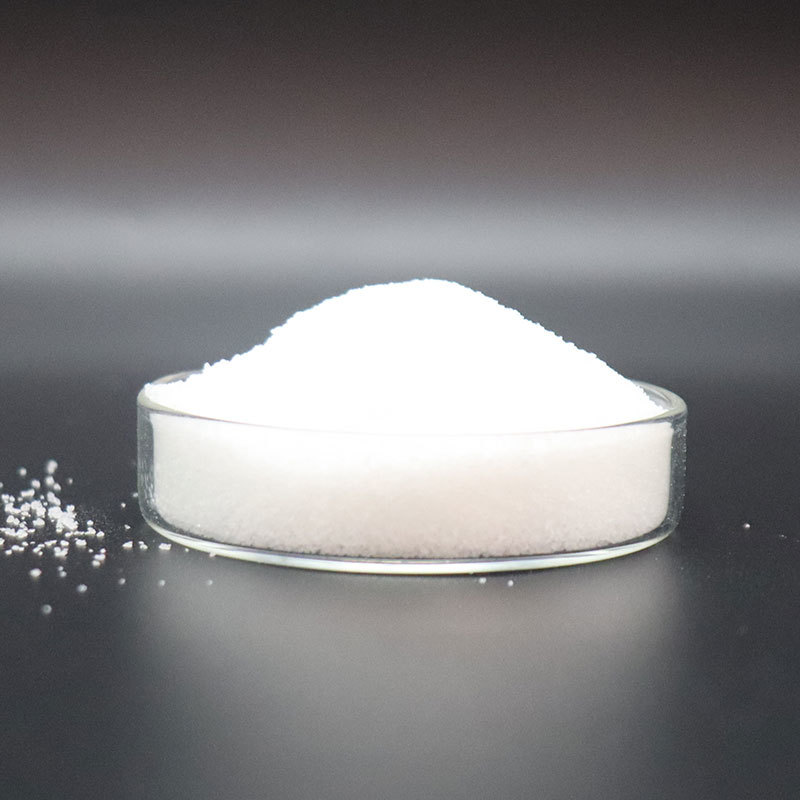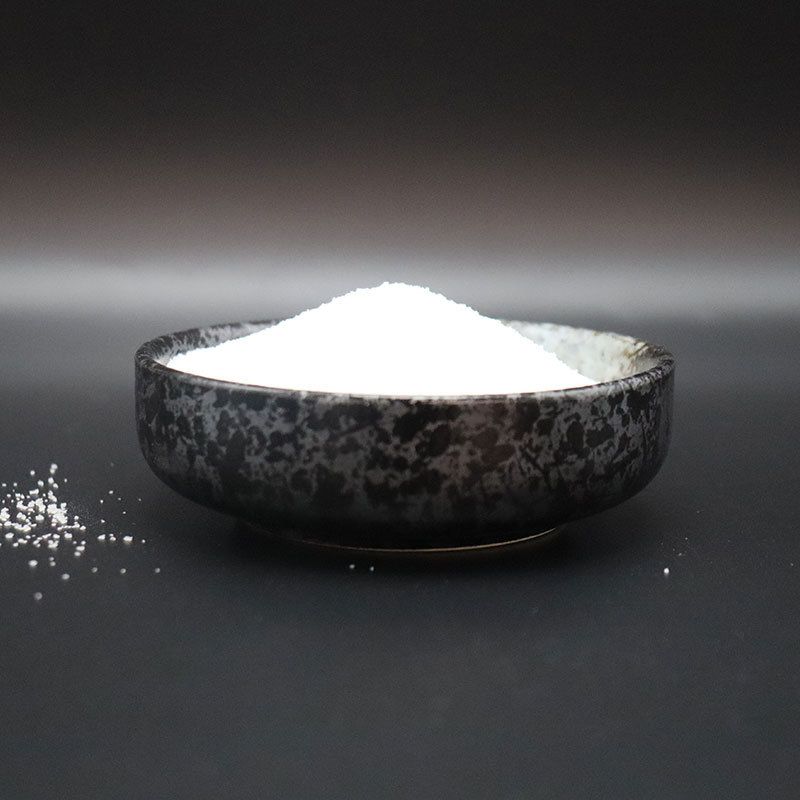Cationic polyacrylamide
Introduction
Cationic polyacrylamide (CPAM) is a linear polymer compound. As it has a variety of active groups, it can form hydrogen bonds with many substances through affinity and adsorption. Mainly flocculates negatively charged colloids, with functions such as turbidity removal, decolorization, adsorption, and adhesion. It is suitable for the wastewater treatment with organic colloid content in dyeing, papermaking, food, construction, metallurgy, mineral processing, coal powder, oil fields, aquatic product processing and fermentation and other industries, especially suitable for dehydration treatment of urban sewage, urban sludge, papermaking sludge and other industrial sludge.
| Cationic polymeric flocculants (PAMs) are water-soluble linear polymers with molecular weights between 6 million and 12 million. Cationic PAMs exhibit positive charge in both acidic and alkaline media. This allows them to effectively flocculate and precipitate negatively charged suspended particles in wastewater. |
||||
| Cationic polyacrylamide(CPAM) | ||||
| Model | Dissolution Time | Ionization degree | Molecular weight | Applications |
| 16005 | ≤90Min | 5 | 8~10million | It is used in the dewatering treatment of sludge in paper mills, printing and dyeing plants, coal mines, and coking plants, or in the flocculation and sedimentation of acidic wastewater (mostly used in conjunction with coagulants). |
| 16012 | ≤90Min | 12 | 8~10million | |
| 16020 | ≤90Min | 20 | 8~10million | Paper mills, printing and dyeing plants, coal mines, cigarette factories, power plants, textile mills, plastic factories, coking plants and other chemical enterprises; |
| 16030 | ≤90Min | 30 | 10~12million | Applications include dehydration of industrial wastewater, municipal sewage, beverage and fruit juice products, and oilfield applications (dehydration of mixed industrial and municipal wastewater). |
| 16019 | ≤90Min | 25 | 10~12million | Applications in dehydration of industrial wastewater, municipal wastewater, and beverage/juice products (dehydration of mixed industrial and municipal wastewater). |
| 16029 | ≤90Min | 40 | 10~12million | Applications in dehydration of industrial wastewater, municipal wastewater, and beverage/juice products (dehydration of mixed industrial and municipal wastewater). |
| 16035 | ≤90Min | 50 | 10~12million | Applications include river silt treatment, kitchen wastewater treatment, urban sewage treatment, and sludge dewatering from pharmaceutical factories, starch factories, alcohol factories, food factories, breweries, aquaculture farms, slaughterhouses, monosodium glutamate factories, dairy factories, seafood factories, and beverage factories. (1 ton is used per month for 50,000 tons of wastewater) |
| 16044 | ≤90Min | 60 | 10~12million | River silt treatment, kitchen wastewater, large-scale urban sewage, and sludge dewatering from pharmaceutical factories, starch factories, alcohol factories, food factories, breweries, aquaculture farms, slaughterhouses, monosodium glutamate factories, dairy factories, seafood factories, and beverage factories. |
| 16049 | ≤90Min | 65 | 10~12million | River silt treatment, kitchen wastewater treatment, large-scale urban sewage treatment, and sludge dewatering from pharmaceutical factories, starch factories, alcohol factories, food factories, breweries, livestock farms, slaughterhouses, monosodium glutamate factories, dairy factories, seafood factories, and beverage factories. Primarily leachate from municipal solid waste (waste-to-energy plants). |
| 16065 | ≤90Min | 70 | 10~12million | It is used for river silt treatment, kitchen wastewater treatment, large-scale urban sewage treatment, and sludge dewatering in pharmaceutical factories, starch factories, alcohol factories, food factories, breweries, aquaculture farms, slaughterhouses, monosodium glutamate factories, dairy factories, seafood factories, and beverage factories. |
If you want to know more about application selection, please leave us a message. We will match you with a better solution as soon as possible after receiving your requirements.
Key words:
Cationic polyacrylamide
Cationic Flocculant
Cationic PAM
cationic polymerization
cationic polyacrylamide flocculant
cationic polyacrylamide powder
Previous:
Message
Related Products






